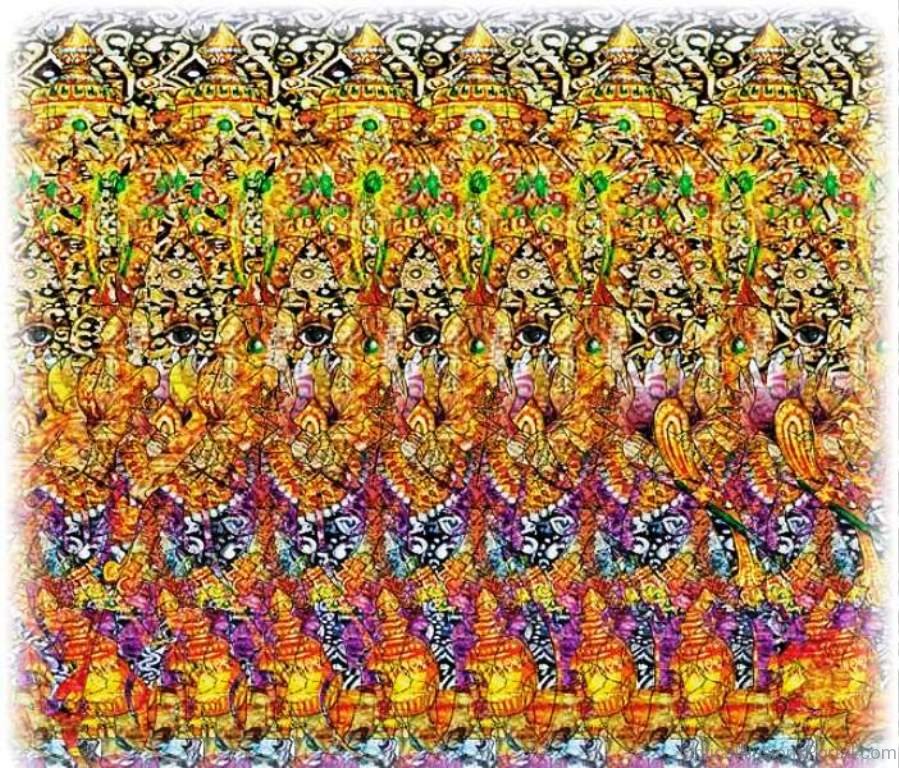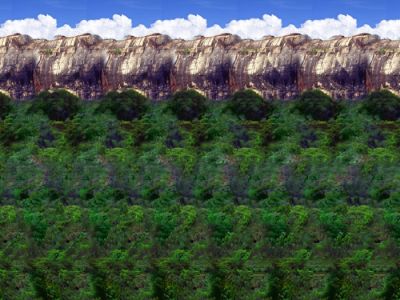
Continue to look at the object and not the stereogram, even when the stereogram is blocking it. Move the stereogram up from underneath the object until it’s blocking your view of the object.ģ. Pick up the stereogram and look at the object that you’ve selected. Choose an object in the room you’re in – a photograph on the wall or a potted plant on a table in the corner.Ģ. Still not seeing it? Try to train your eyes this way:ġ. Once the image snaps into place, you should be able to see a sharp three-dimensional picture. You should be able to see the beginnings of a blurry three-dimensional picture.Ĥ. When you’re confident that your eyes can continue to look through the stereogram, move the image back and forth until the patterns begin to overlap. It may take a couple of tries to get this to work.ģ. Continue to look through the image as you move it away from you. This is the point at which your eyes will try to do what they do naturally – readjust focus. Then move the stereogram slowly away from your eyes.

Hold it horizontally and look through the image as if it weren't right in front of you.Ģ. Start by putting your face up close to the printed stereogram or the digital screen with which you’re viewing it. The good news is, once you have successfully trained yourself to look at a stereogram, it will be that much easier from then on.ġ.
Stereogram dinosaur how to#
While your eyes are busy focusing through the picture, your brain plays a trick on you by adding something extra to what you see.Here are a few tips and tricks that can teach you how to do it properly. Voila! This is how those Magic Eye pictures work too.

Pull your fingers slightly apart and watch in amazement as the mini hot dog floats in the air! Don’t let the little hot dog divert your attention. Does it look like a mini hot dog? (They call this the “mini-frankfurter” experiment, and now you know why!)įifth: Keep staring into the distance. Make sure the tips of your fingers touch.įourth: Keep staring! Now, you may notice that something odd has appeared between the tips of your fingers. Point them directly at each other right in your line of vision. Third: While you are staring, bring both of your fingers up in front of your face in front of your eyes. I tried it staring through my window at the chimney of another home. It works best if you can look out a window to some very specific point in the distance. Here’s what you need to do.įirst: Pick an object in the distance. Want to get an idea of how stereo images work? You can do so even without a “Magic Eye” poster around. Once you’ve detected the image, you can often train your eyes to look around and see everything that’s hidden. Certain parts of the hidden image are revealed as you continue to stare into the picture. As you stare, you begin to feel like you are going a little cross-eyed. Instead of focusing on single details in the image, your eyes begin to pull out details on their own. Though your eyes still see everything in your line of sight, your focal point shifts without you realizing it. Those old “Magic Eye” posters instructed viewers to relax their eyes, get close, and just stare into the picture.

For it to “work,” you must first aim your eye through the image into the distance. Hidden images in stereograms rely on your eyes ability to do something called parallel viewing. A hidden image in stereograms, a classic optical illusion, only works when you allow your eyes to relax and be fooled! Seeing Hidden Images in 3D

The Magic Eye worked only when the directions were followed. They’d stare and squint and try to figure out what was hidden in the picture, all to no avail. It was called the “ Magic Eye” and it caught the eye of everyone who came to visit. When I was in college we had this funky black and white poster on our wall.


 0 kommentar(er)
0 kommentar(er)
